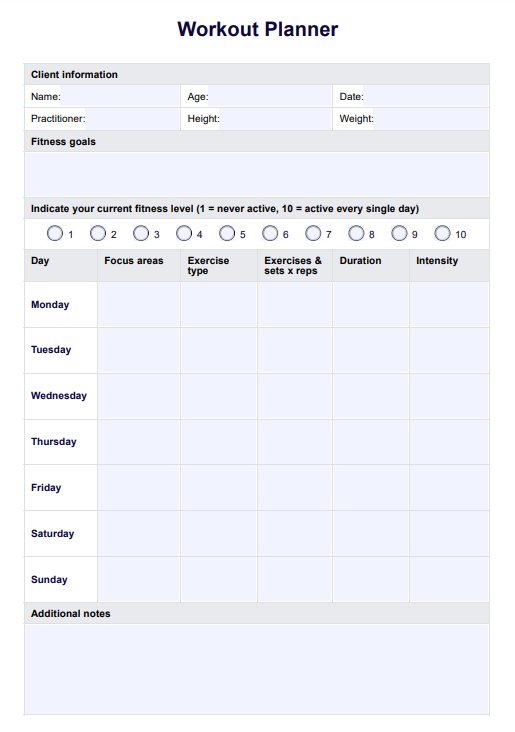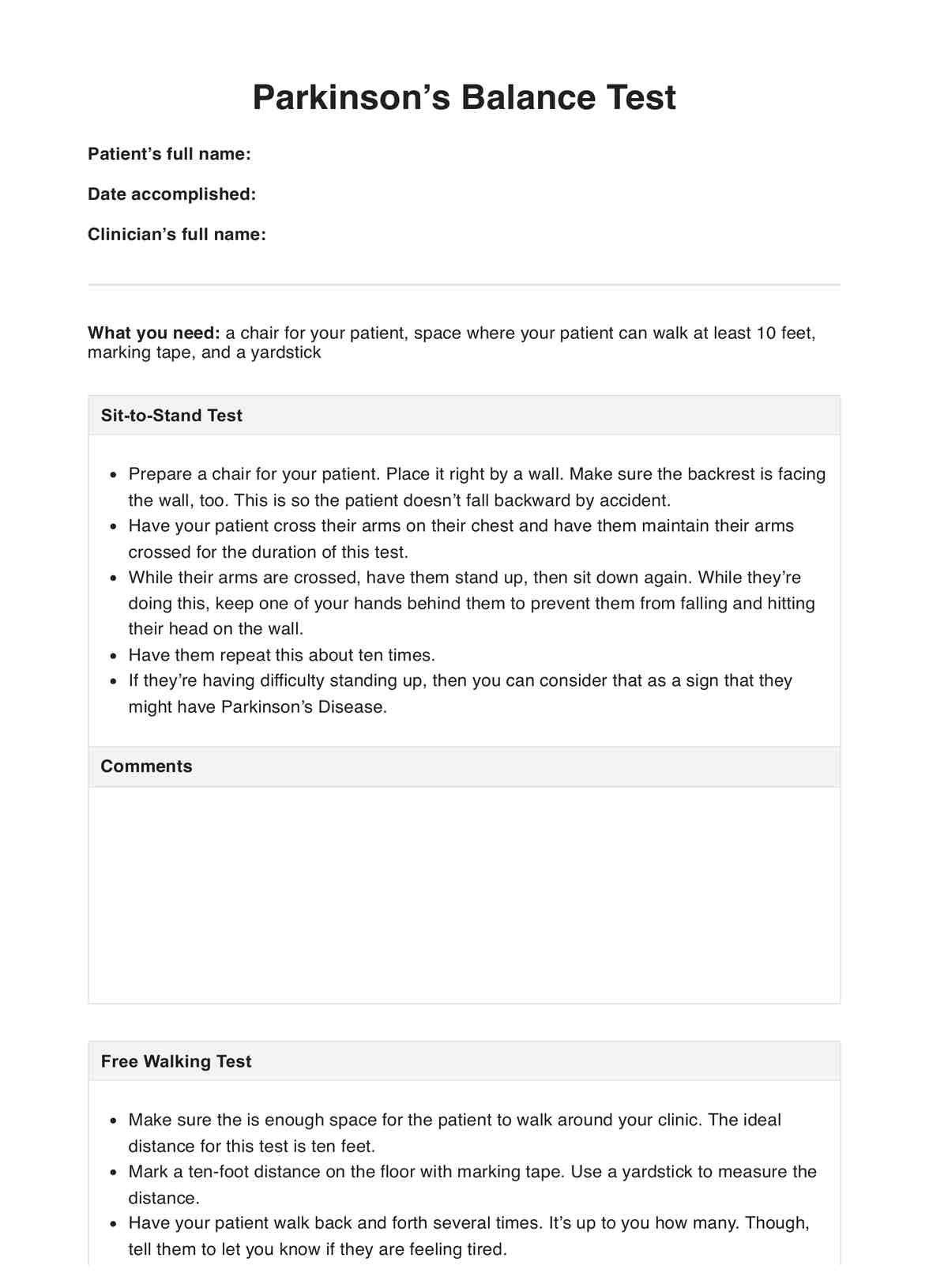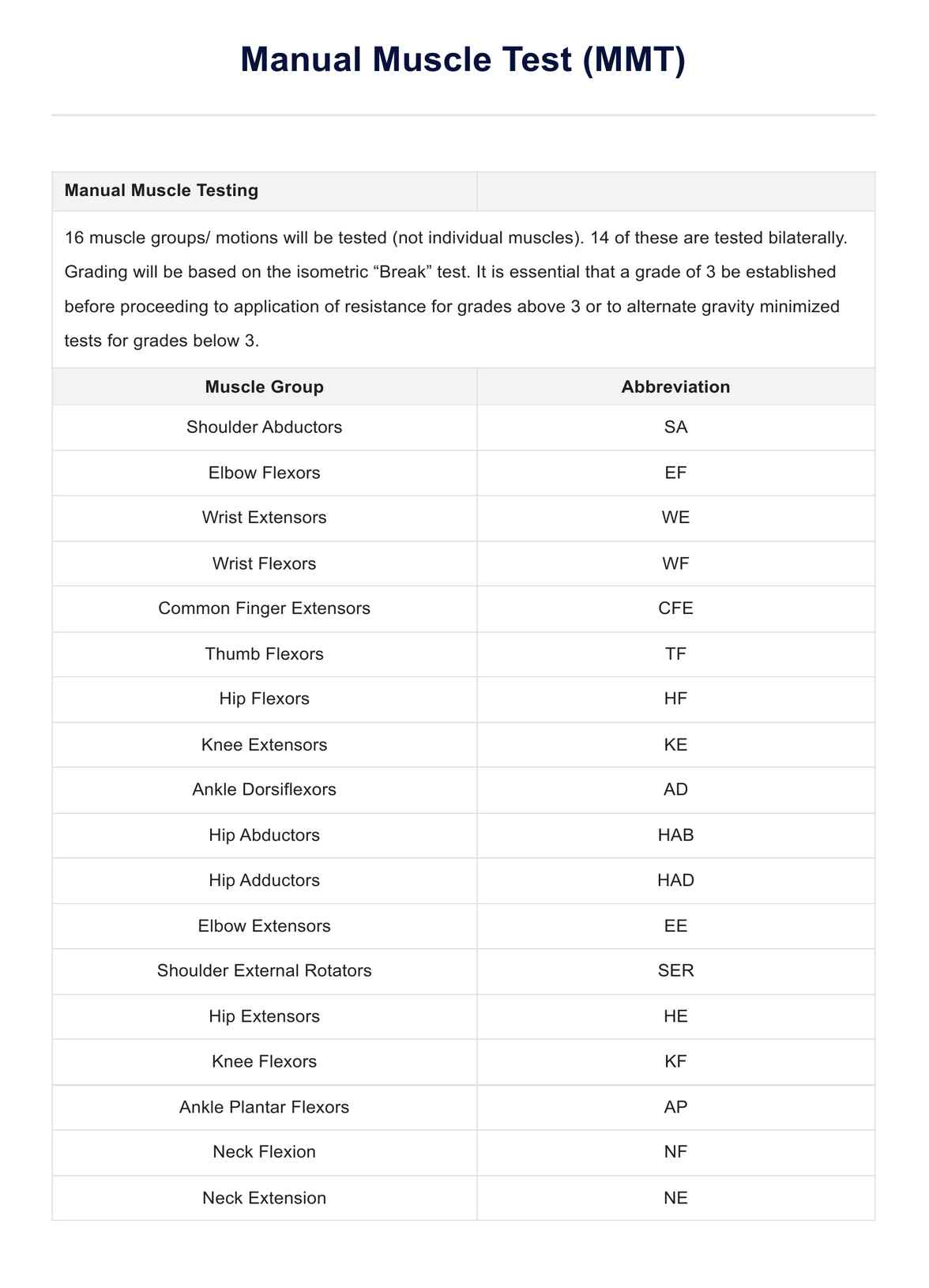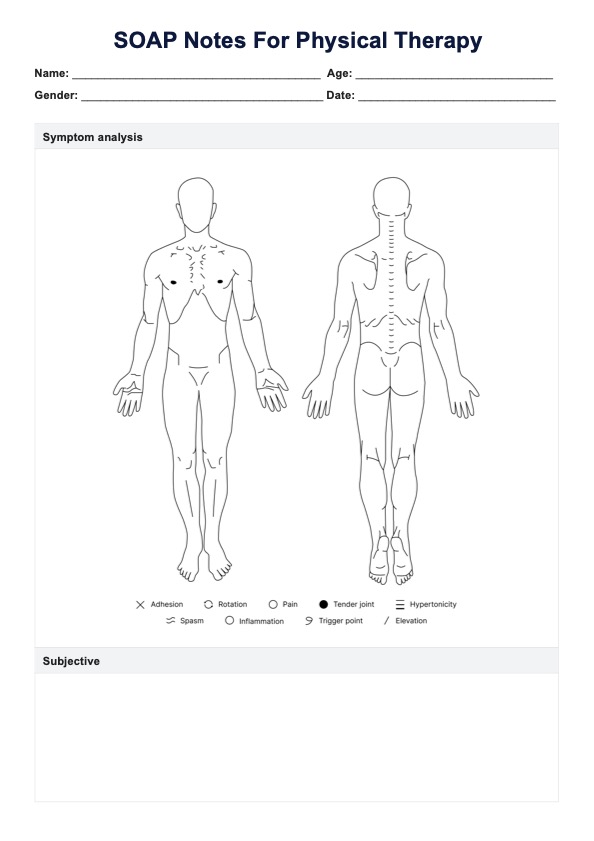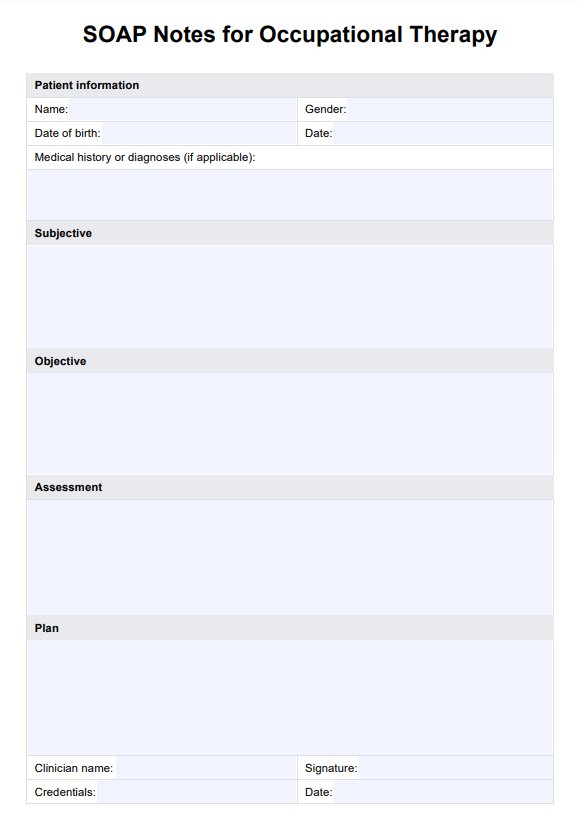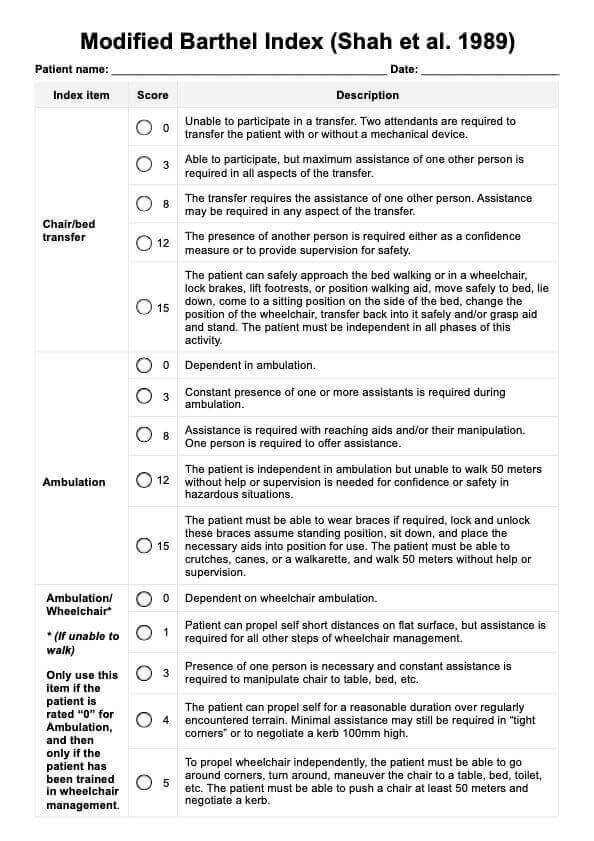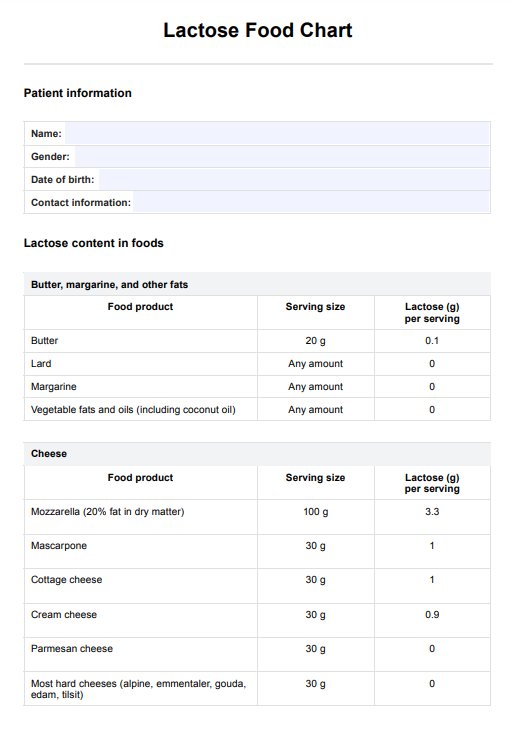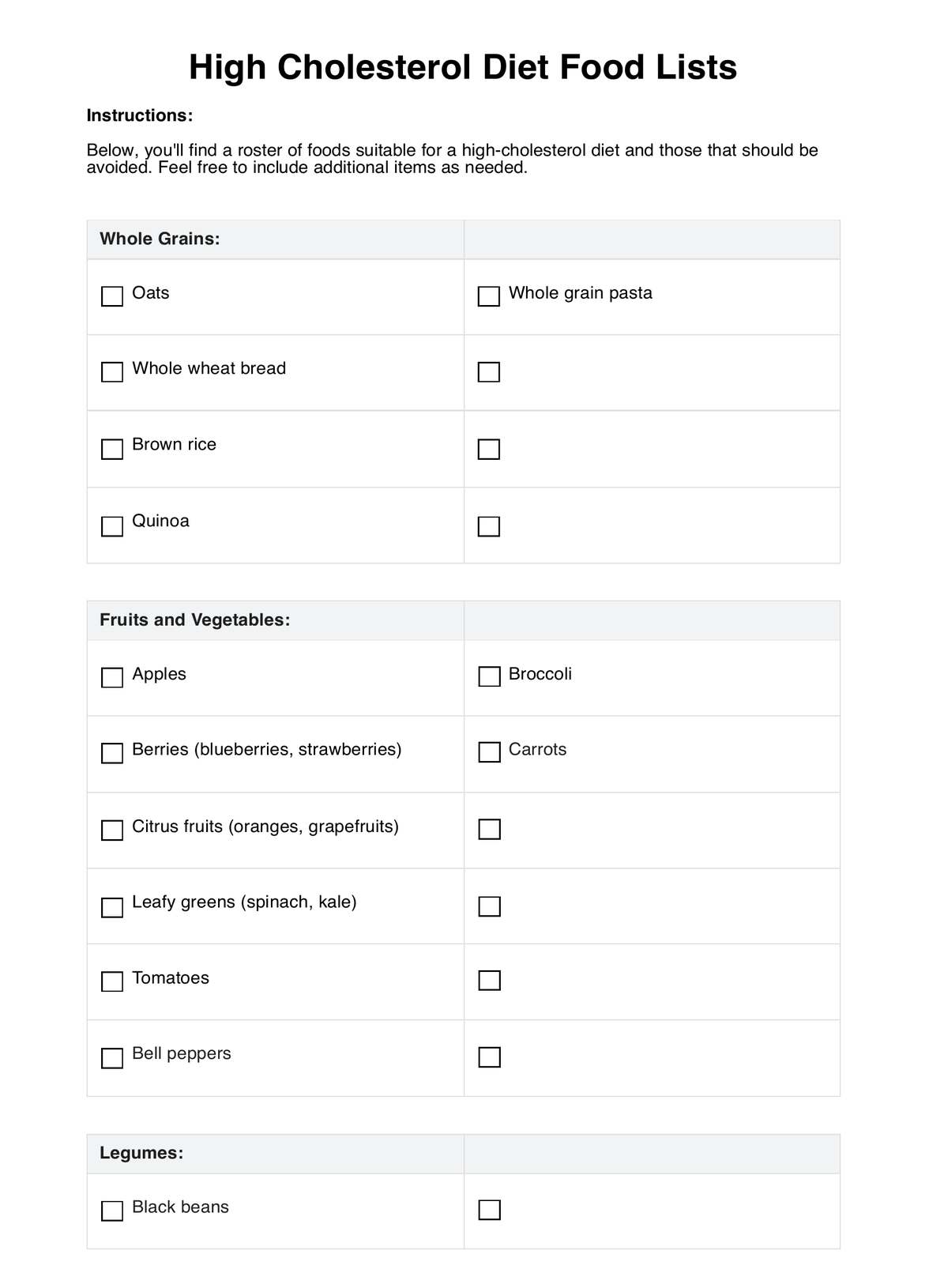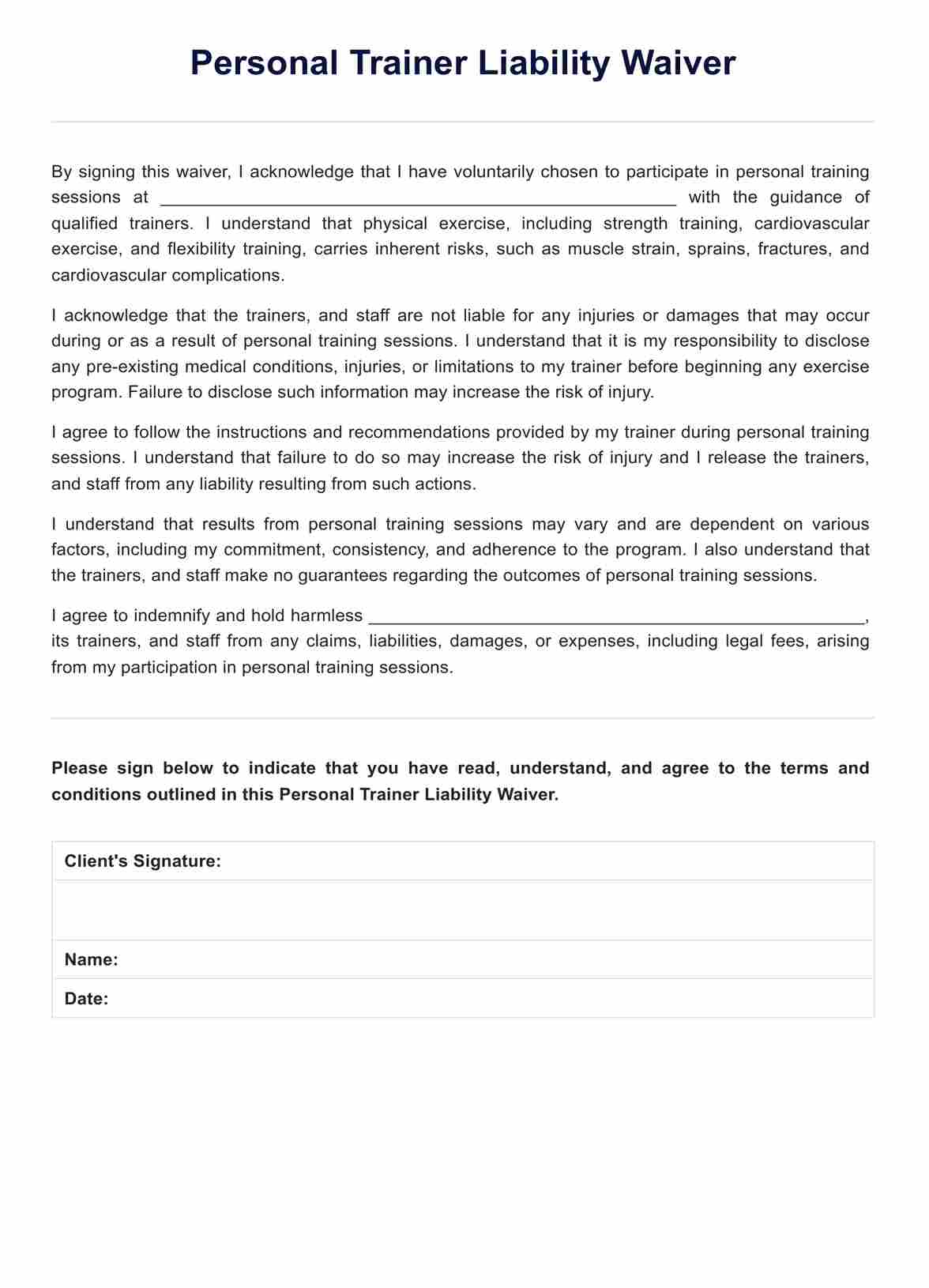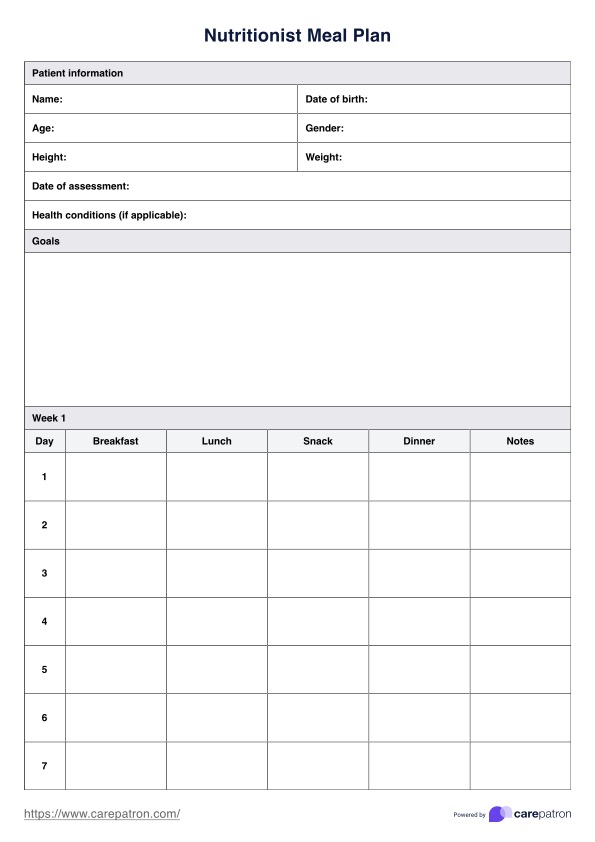QuickDASH Outcome Measure
The QuickDASH Outcome Measure is an assessment tool used to measure physical disability and impairment due to musculoskeletal pain. Access the free QuickDASH Outcome Measure to get started.


What is a QuickDASH Outcome Measure?
Have you ever struggled to enjoy your favorite activities due to unexpected challenges? Consider after a long week of work, you eagerly anticipate unwinding with recreational activities. However, a persistent issue like hand pain could shadow your plans, making even the simplest tasks daunting.
The QuickDASH tool sheds light on individuals' difficulty in their upper extremities. Whether it's gripping a glass, typing on a keyboard, or engaging in recreational activities, this upper extremity outcome measure aims to capture the impact of pain on your daily life.
Healthcare professionals use the Outcome Measure to evaluate physical impairment due to musculoskeletal pain. QuickDASH stands for Quick Disabilities of the Arm, Shoulder, and Hand. It primarily measures physical impairments in these areas.
Developed by the Institute for Work & Health and the American Academy of Orthopaedic Surgeons, the QuickDASH consists of questions divided into five categories: pain intensity, activities of daily living, work-related activities, sports/recreation activities, and symptoms. Each category evaluates a patient's limitation in performing activities due to musculoskeletal pain.
This tool is a shortened version of the DASH Outcome Measure. It consists of only 11 questions compared to the 30 questions in the full-length DASH Outcome Measure. Both assessments are free to use for clinical and non-commercial settings.
Printable QuickDASH Outcome Measure
Enhance your assessment process by incorporating the QuickDASH Outcome Measure to evaluate your client's physical impairment and try to improve it efficiently. This valuable tool gauges the extent of challenges individuals have faced in their upper extremities over the past week, offering a comprehensive understanding of their functional limitations.
After collecting the necessary data, generate a completed PDF report providing insights into the specific areas where your client encounters difficulty and guiding your tailored approach to address their unique needs.
QuickDASH Outcome Measure Template
QuickDASH Outcome Measure Example
How To Use This QuickDASH Outcome Measure
Using QuickDASH is simple and takes only a few minutes. Here's how to get started:
Step 1: Download the QuickDASH
Access the free assessment using the link on this page. You can also download it from the Carepatron app or our resources library.
Step 2: Administer the QuickDASH
Once you've downloaded the QuickDASH, give a copy to your patient. Explain the instructions and scoring system clearly and give them ample time to think and answer the questions.
Step 3: Calculate the score
Using the scoring system, calculate the total score for each category. Then, add up the scores to calculate the total. The higher the score, the greater the disability due to musculoskeletal pain is.
Step 4: Interpret and use the results
Based on your patient's results, you can then make a diagnosis or recommend different treatments for their condition. You can also use it as a benchmark to monitor your patient's progress.
Step 5: Secure the assessment
Store the assessment in a safe and secure location as it contains confidential patient information.
When Would You Typically Use This QuickDASH?
The QuickDASH Outcome Measure is helpful for any healthcare professional treating patients with musculoskeletal pain. It's beneficial to:
Monitor the progress of a patient over time
You can utilize the QuickDASH to monitor your patient's progress over time. This lets you determine whether an intervention is working or another treatment is needed.
Make a diagnosis
The QuickDASH can diagnose the severity of musculoskeletal disability in a patient. It can also document existing impairments and determine the most appropriate treatment.
Determine a patient's overall functional capacity
The QuickDASH Outcome Measure can assess a patient's overall functional capacity. This includes measuring their ability to perform activities of daily living, work-related tasks, and leisure activities.
Who can use these Printable QuickDASH Outcome Measures?
The QuickDASH is designed to be used by any healthcare professional who works with patients suffering from musculoskeletal pain. This includes:
- Physical therapists
- Occupational therapists
- Physicians
- Nurses
- Sports medicine specialists
- Chiropractors
- Rehabilitation specialists
This assessment can help you determine the severity of osteoarthritis, rotator cuff tears, carpal tunnel syndrome, and chronic pain. But similar to the DASH Outcome Measure, you should use the tool and other tests to get the complete picture of your patient's condition. You achieve better client outcomes and improve your practice with this DASH Outcome Measure template.
Understanding even the minimal detectable change through the QuickDASH empowers healthcare practitioners to tailor interventions to address the specific needs of individuals experiencing musculoskeletal pain and its associated symptoms.
Why Is This Assessment Popular With Physical Therapists?
The QuickDASH Outcome Measure is popular among physical therapists due to its ease of use and ability to measure a patient’s progress over time. Here are other reasons why this tool is widely used:
It’s effective for diagnosing musculoskeletal pain
This tool is designed to measure the severity of musculoskeletal disabilities accurately. It offers reliable results that you can use for diagnosis and treatment planning.
It helps in determining the best treatment plan for each patient
You can use the QuickDASH to determine each patient's most effective treatment plan. It will help you create personalized treatment plans tailored to the individual’s needs.
It’s convenient and can be quickly administered
The QuickDASH is extremely easy to administer and doesn’t take long. It can be administered in a single session, and results are available immediately.
Benefits of free QuickDASH Outcome Measure
The QuickDASH Outcome Measure offers many benefits for healthcare providers and patients alike. Here are some of the advantages you can get from using this assessment:
It provides reliable results.
The QuickDASH has been tested and proven to be a reliable tool for measuring musculoskeletal disability. This means you can be sure that the results are accurate and reliable.
It is cost-effective.
The QuickDASH Outcome Measure is free and requires no special equipment, making it a great budget-friendly option for healthcare professionals.
It helps improve patient-doctor communication.
Using QuickDASH, you can easily communicate your patients' progress to them. This helps build trust and strengthens your patient-doctor relationship, resulting in better treatment outcomes.
The scoring system is easy to understand.
The QuickDASH's scoring system is simple and easy to understand, making it easier for healthcare professionals to interpret the results and make a diagnosis.
Reference
Institute for Work & Health. (2005). QuickDASH Outcome Measure. Retrieved from https://dash.iwh.on.ca/about-quickdash
Commonly asked questions
The QuickDASH Outcome Measure is easy to administer. You simply need to have the patient answer a series of questions about their current level of disability. Afterwards, you can use the results to diagnose and determine their best treatment plan.
The QuickDASH measures the severity of musculoskeletal disability in a patient. It can also assess overall functional capacity, including their ability to perform activities of daily living, work-related tasks, and leisure activities.
The QuickDASH can be used during the patient’s treatment to assess their progress and determine if they need any additional intervention.


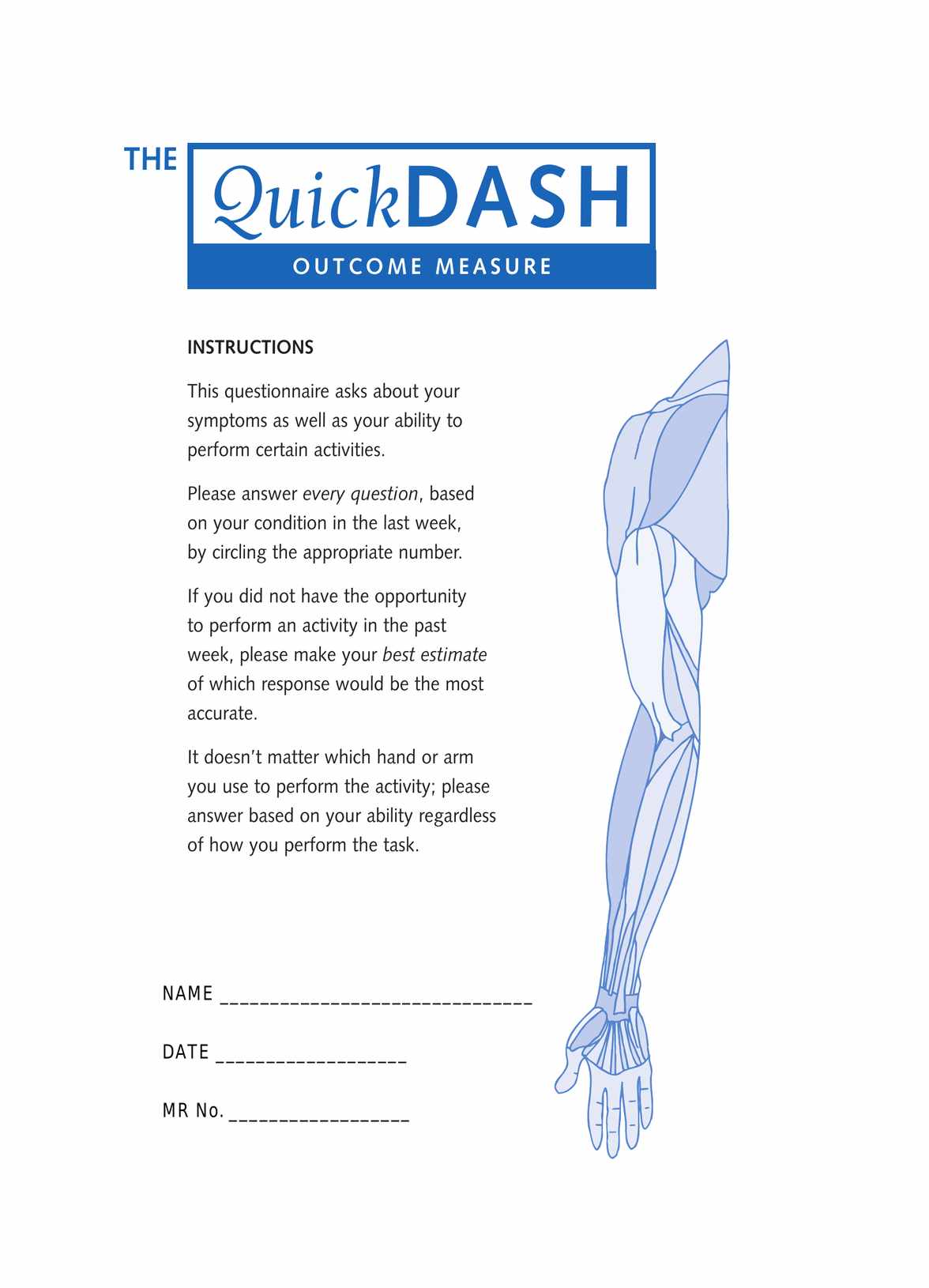
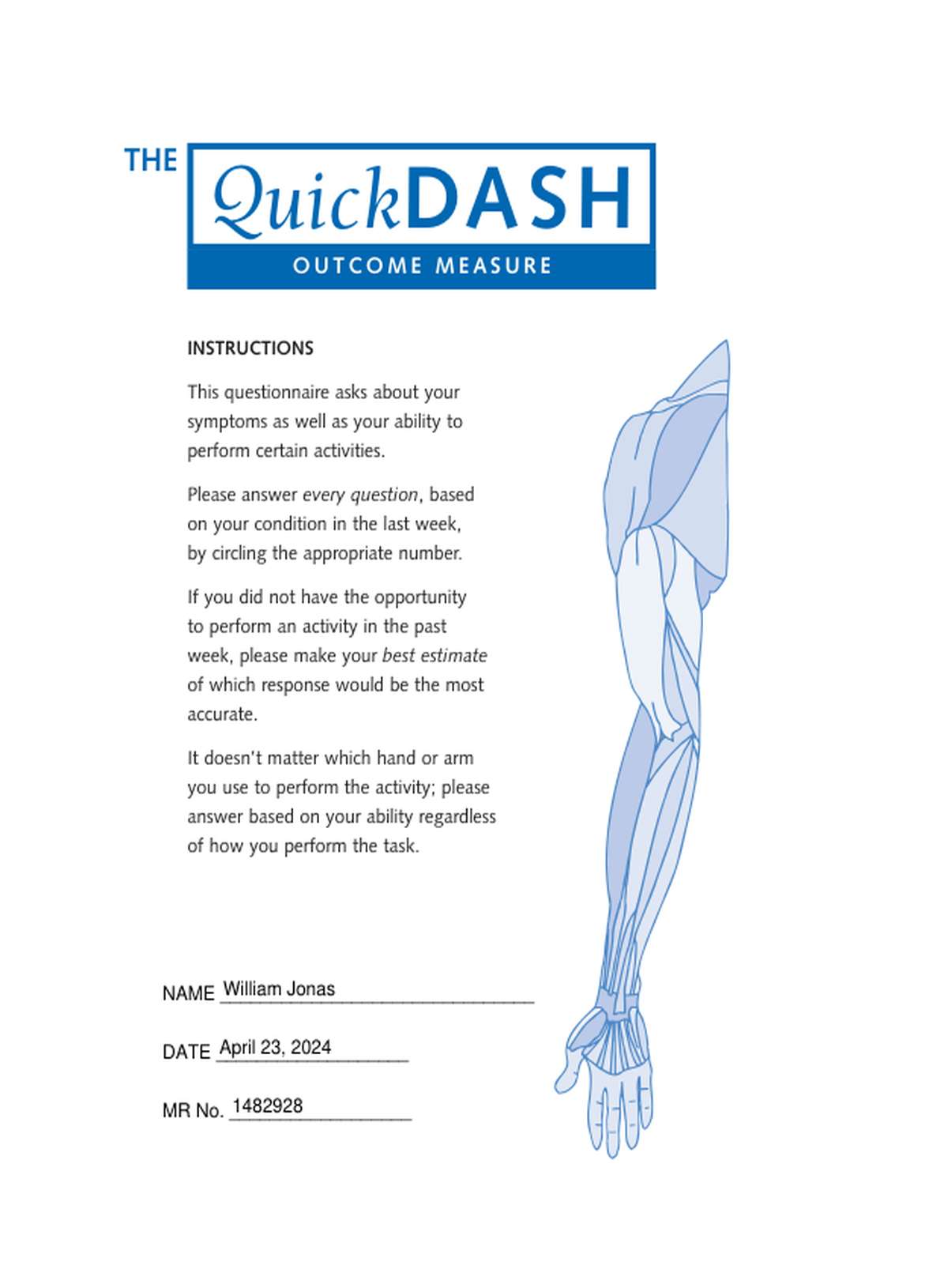

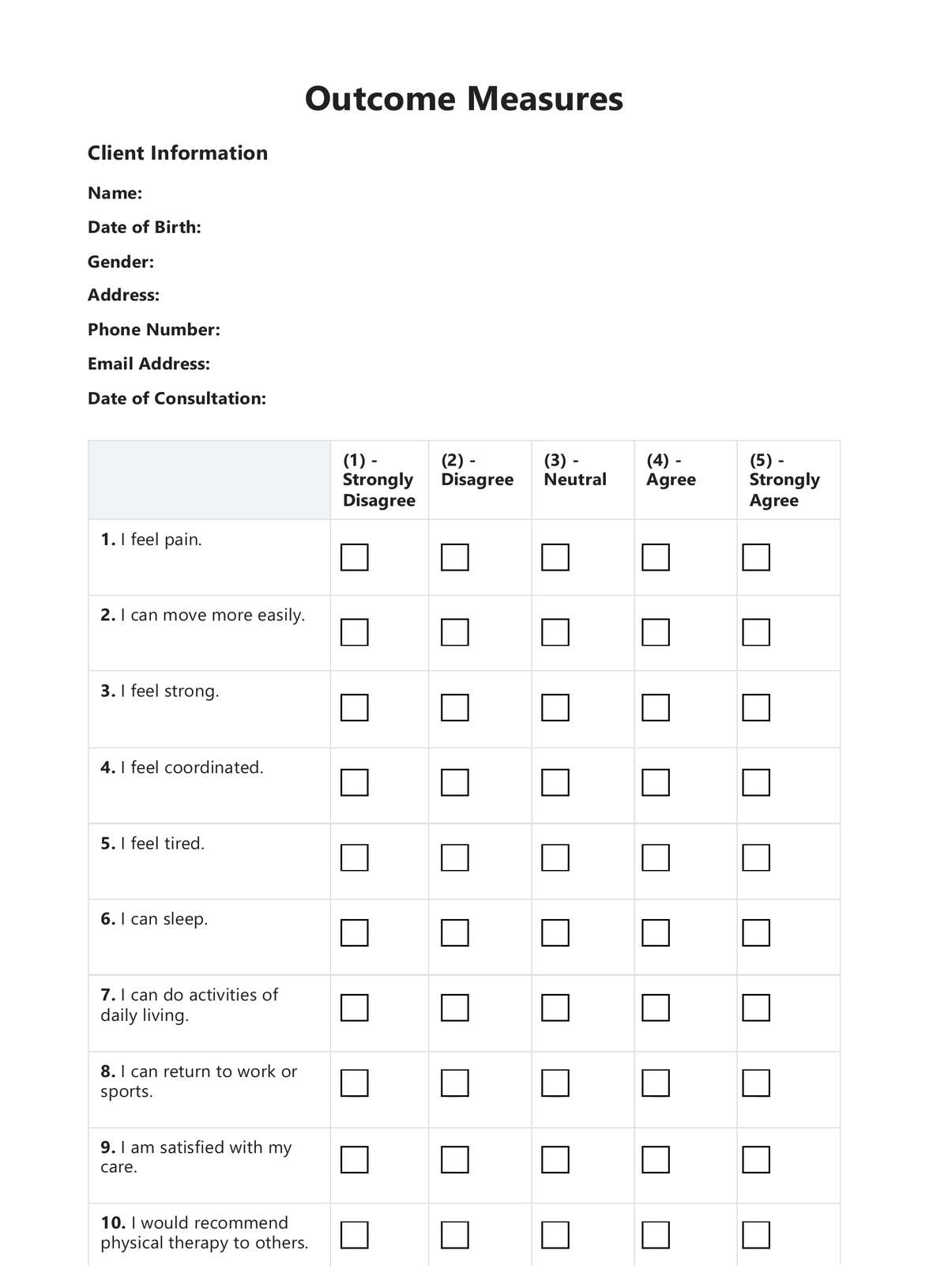
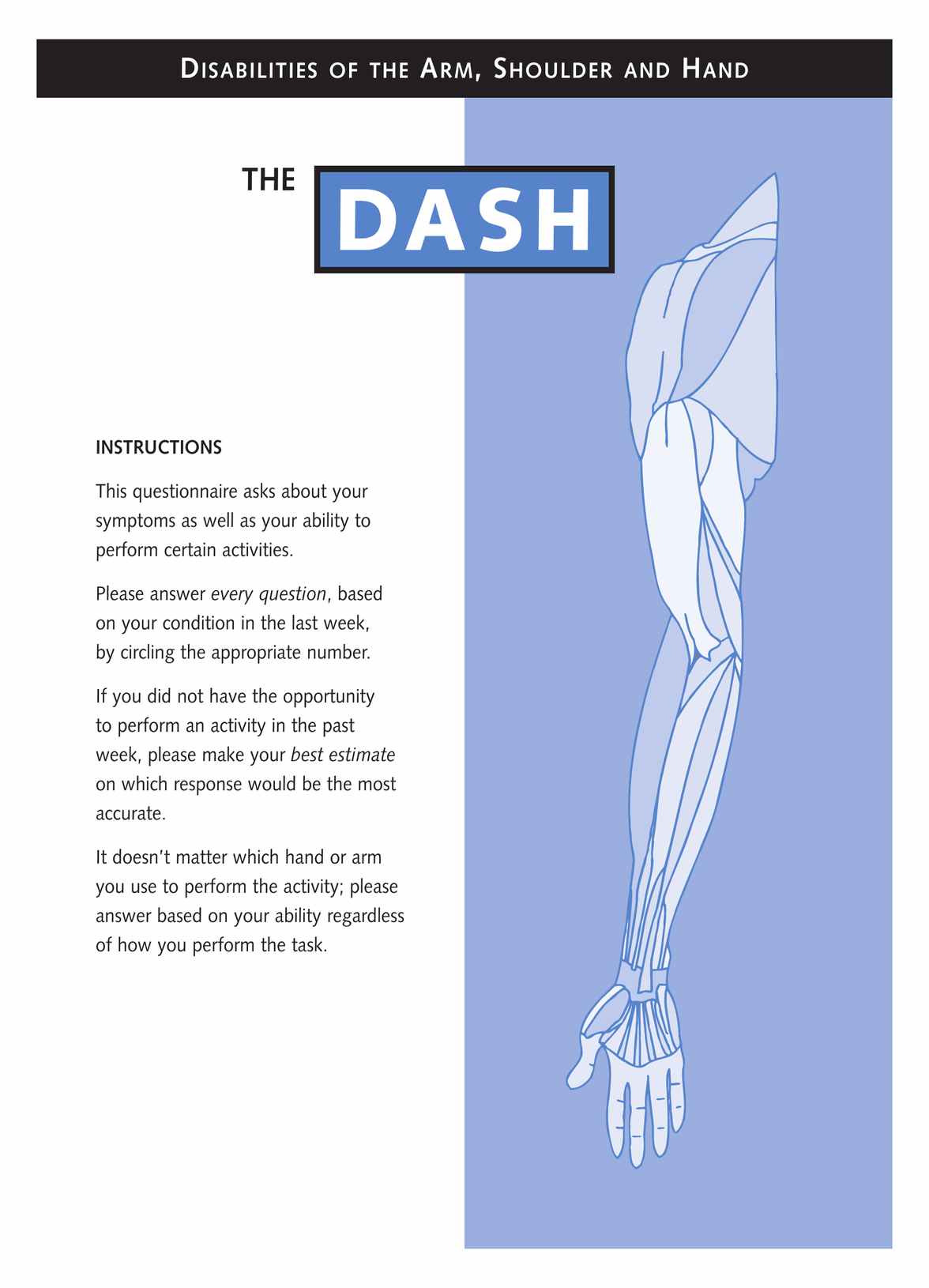

















-template.jpg)

















































































